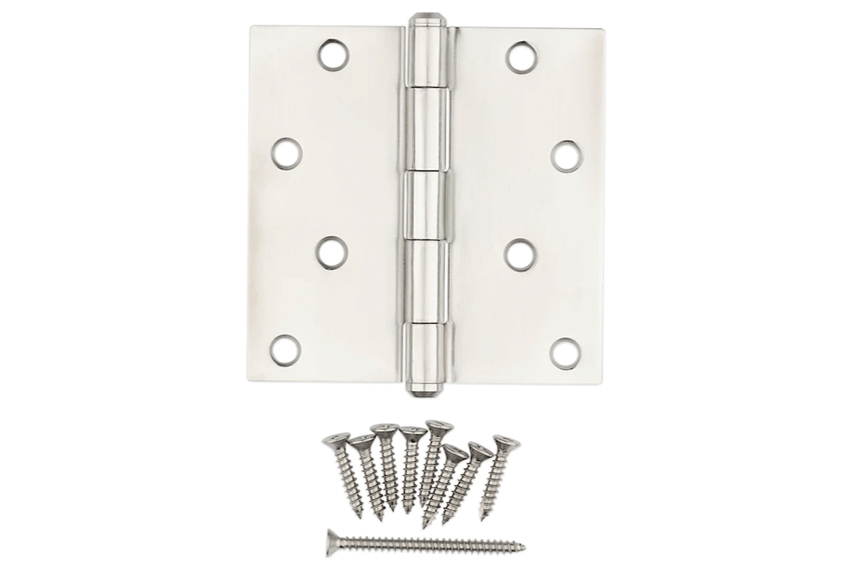NO.1(silvery white, matt)
Rough matte surface is rolled to specified thickness, then annealed and descaled
No glossy surface is required for use
NO.2D(silver)
A matt finish, cold rolling followed by heat treatment and pickling, sometimes with final light rolling on wool rolls
2D products are used for applications with less stringent surface requirements, general materials, deep-drawing materials
NO.2B
Gloss stronger than No.2D
After the No.2D treatment, a final light chill roll was performed by a polishing roll to obtain the proper gloss. This is the most common surface finish and can also be used as the first step in polishing.
General Materials
Bachelor of Arts
as bright as a mirror
No standard, but usually a bright annealed surface with high reflectivity.
Building materials, kitchen utensils

NO.3(coarse grinding)
Grinding No.2D and No.2B materials with 100~200# (unit) whetstone sand belt
Building materials, kitchen utensils
NO.4(Intermediate grinding)
No.2D and No.2B are polished surfaces obtained by grinding with 150~180# whetstone sand belt. This is a generic, mirror-like, shiny surface with visible "grains"
the same as above
NO.240(fine grinding)
Grind No.2D and No.2B with 240# whetstone sand belt
Kitchenware
NO.320(very fine grinding)
Grinding No.2D and No.2B with 320# whetstone belt
the same as above
NO.400(gloss close to bar)
No.2B material is ground with 400# polishing wheel
General lumber, construction lumber, kitchen utensils
HL(hairline polishing)
Suitable for top grinding (150~240#) grit abrasive with a large number of particles
Building materials
NO.7(Near mirror grinding)
Use 600# rotating polishing wheel to grind
for art or decoration
NO.8(mirror grinding)
mirror polishing wheel
reflector for decoration
Post time: Oct-12-2022
